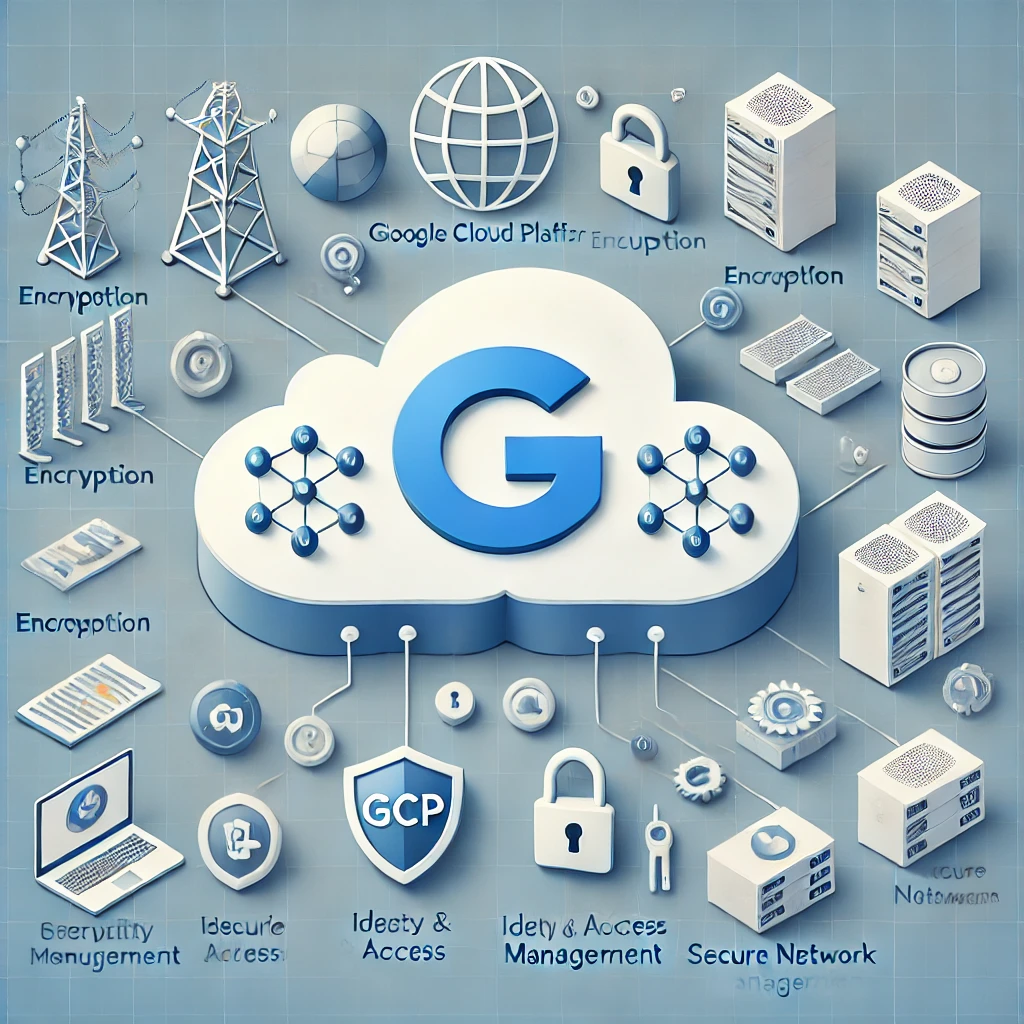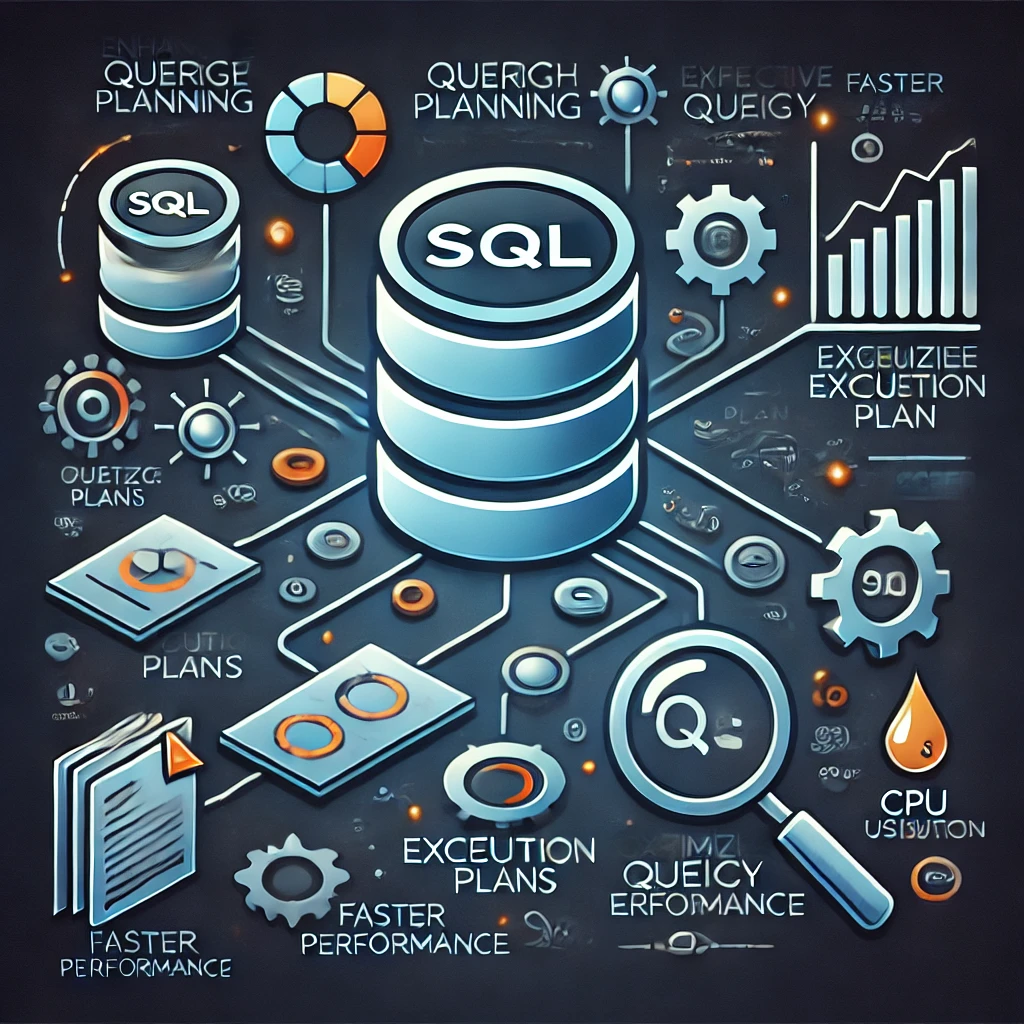Docker Security: The Importance of Image Integrity and Source Code Security
 Benjamin Foster in containers119 days ago
Benjamin Foster in containers119 days ago
Docker has revolutionized software development by enabling the creation and deployment of applications in isolated environments. However, with the benefits of containers come inherent security concerns. This guide delves into the critical aspects of Docker security, focusing on image integrity and source code security, crucial elements for building and deploying secure applications.
Image Integrity: Ensuring Trust in Your Docker Images
Docker images are the foundation of containerized applications, and their integrity is paramount. Compromised images can lead to vulnerabilities and malicious activities within your containers. Here's how to maintain image integrity:
- Use Official Images: Opt for official images from reputable sources like Docker Hub. Official images undergo rigorous testing and maintain a high level of security.
- Scan Images for Vulnerabilities: Employ vulnerability scanners like Docker Bench for Security or Clair to identify known vulnerabilities in your images. Regularly update your images to patch security flaws.
- Sign Images: Digital signatures ensure the authenticity and integrity of Docker images. Employ tools like Notary or Cosign to sign and verify images.
- Implement Image Signing Policies: Enforce image signing policies within your CI/CD pipelines. Only signed images should be deployed, preventing the use of untrusted images.
- Use Immutable Images: Maintain image immutability to prevent unauthorized modifications. Ideally, create new images for updates instead of altering existing ones.
Source Code Security: Protecting Your Application's Foundation
Securing the source code that fuels your Docker containers is equally essential. Weak or insecure code can create vulnerabilities that attackers can exploit. Here are key practices:
- Static Code Analysis: Employ static code analysis tools to identify potential security flaws within your source code. These tools can pinpoint vulnerabilities like SQL injection, cross-site scripting, and buffer overflows.
- Dynamic Code Analysis: Dynamic code analysis involves testing your application during runtime to uncover security issues. Use tools like OWASP ZAP or Burp Suite for dynamic security testing.
- Secure Coding Practices: Adhere to secure coding principles to minimize vulnerabilities. Examples include input validation, output encoding, and secure authentication mechanisms.
- Dependency Management: Securely manage dependencies within your code. Regularly update dependencies and use tools like Snyk or Dependabot to identify and address security issues in third-party libraries.
Implementing Secure Docker Practices: A Holistic Approach
Maintaining Docker security is an ongoing process that requires a comprehensive approach. Consider these additional tips:
- Use Docker Security Features: Leverage Docker's built-in security features like SELinux, AppArmor, and user namespaces for enhanced container isolation.
- Limit Container Privileges: Run containers with minimal privileges. Avoid unnecessary root access and use the principle of least privilege.
- Network Segmentation: Isolate containers within your network using network segmentation techniques to limit potential damage from compromised containers.
- Regular Security Audits: Conduct regular security audits to assess your Docker environment and identify potential vulnerabilities.
Conclusion
Docker security is crucial for protecting your applications and data. By prioritizing image integrity and source code security, you can build and deploy applications securely and confidently. Regularly review and adapt your security practices to address emerging threats and maintain a robust Docker security posture. Remember, security is a continuous journey, not a destination.



